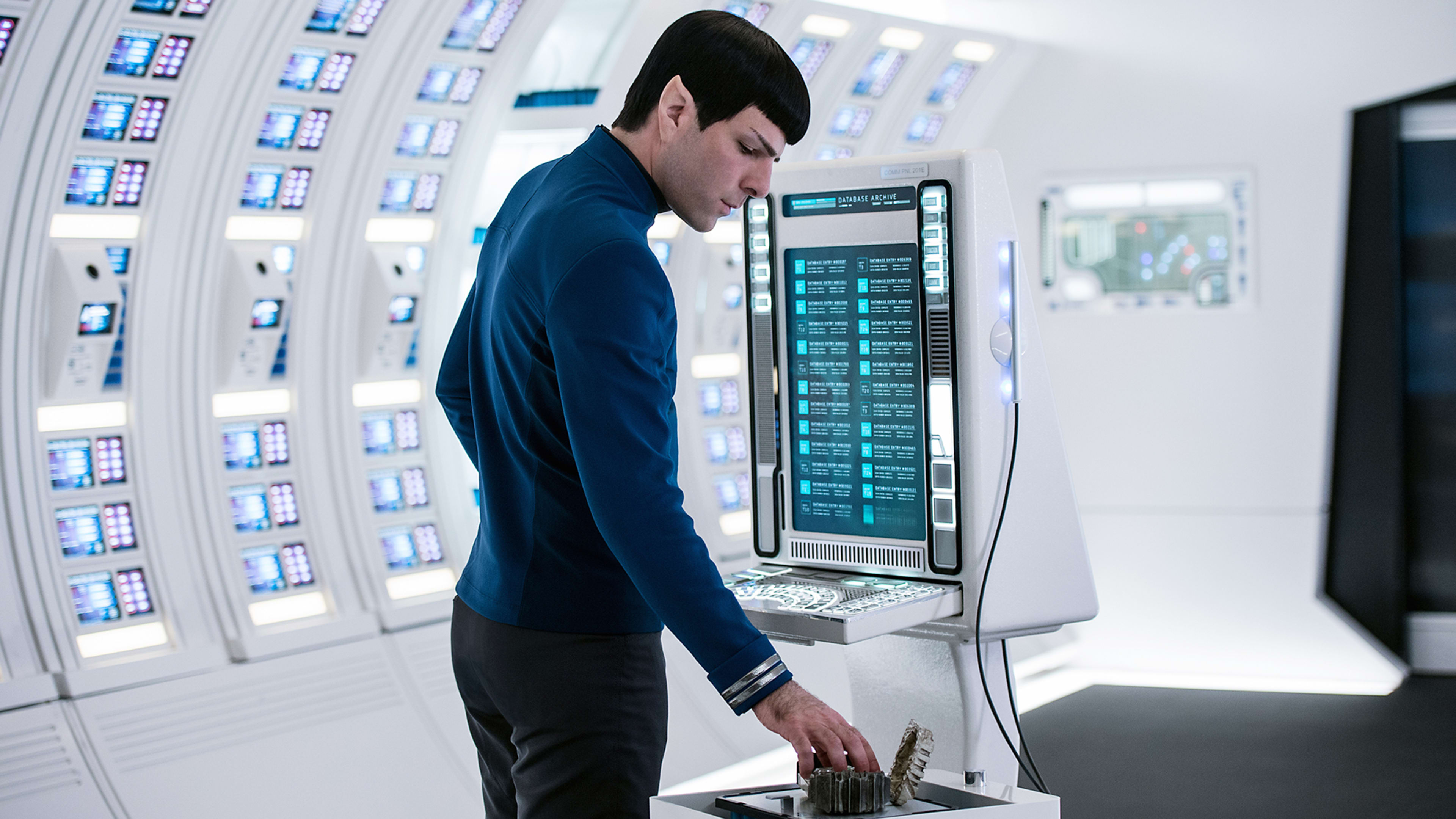The relationship between Star Trek and real-world science is long and distinguished (how many NASA engineers have claimed to owe their careers to the adventures of Captain Kirk and crew?). And just as Star Trek’s Communicator inspired the flip phone, and its mobile computer PADD influenced the iPad, now comes a Tricorder-like diagnostic device.
Five years after it launched, the Qualcomm Tricorder XPrize has awarded an American team of scientists and engineers a $2.6 million first-place award and a Taiwanese team a $1 million second-place prize for developing consumer mobile devices that non-invasively diagnose 13 medical conditions without assistance from health professionals. An initial 312 teams entered.
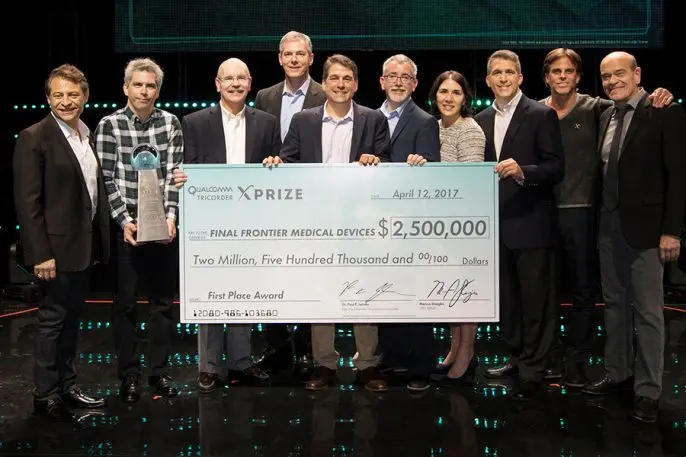
“Creating technology breakthroughs in an industry as complex as healthcare is quite a milestone,” says Qualcomm executive chairman Paul Jacobs. “What these teams accomplished is a great stepping stone to making mobile health care a viable option across the world.”

Removing the Doctor
Accuracy and ease of use determined the winning design after six months of testing by nearly 400 consumers focusing on diagnostic, vital signs, and user experience at the Altman Clinical and Translational Research Institute at the University of California, San Diego.
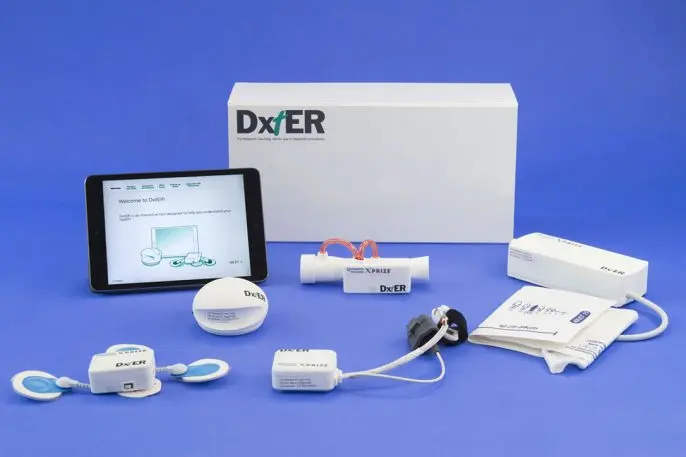
https://www.youtube.com/watch?v=1Mtk0BwcLoI
The devices partially cull the list of possible diagnoses through a medical questionnaire, then guide the user through more tests before offering a final determination and course of action. Both employ reconfigured existing technology such as finger meters, imaging, and wireless sensors to measure five vital signs, and diagnose 10 core conditions and three elective ones.
Artificial intelligence enables the systems to learn and increasingly tailor them to users.
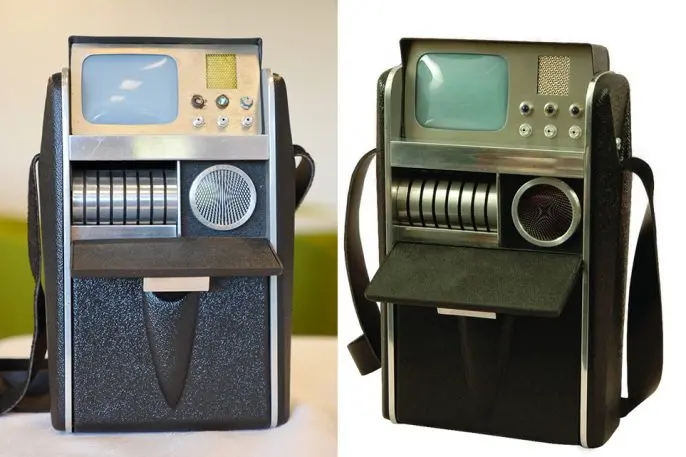
For the elective conditions, Final Frontier’s device tackles pertussis (whooping cough), hypertension, and mononucleosis, while Dynamical Biomarkers addressed melanoma, shingles, and hypertension. Final Frontier’s device uses data analysis from actual patients, while Dynamical’s pairs diagnostic algorithms with analytical methodology controlled through a smartphone app.
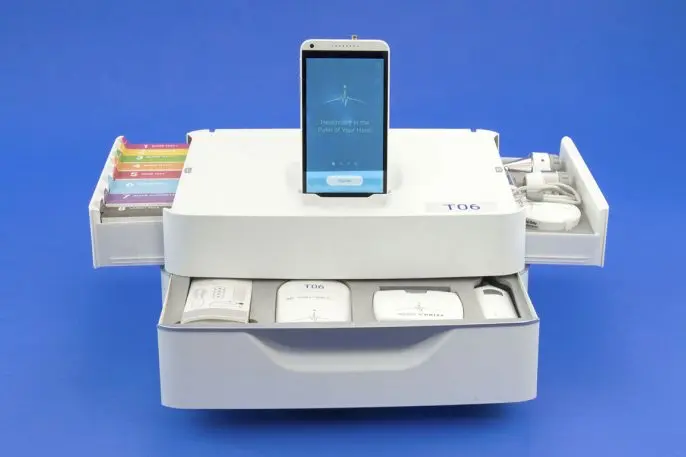
Betterment of Humanity
The XPrize Foundation is a 21-year-old Los Angeles nonprofit run by executive chairman Peter Diamandis and CEO Marcus Shingles that runs incentivized competitions to foster innovation that helps humanity. There are 16 past and present competitions, with another 13 in active development.
The first and best-known of the contests, The Ansari XPrize, was a $10 million award for a reliable, reusable, privately financed manned spaceship. Breakthroughs from this competition lead to a private space industry worth over $2 billion. The Paul Allen-backed Mohave Aerospace Ventures won it in 2004, and Richard Branson licensed the technology to create Virgin Galactic. It’s most recent competition, Avatar XPrize, launched in December.

Contest rules dictated the device weigh less than five pounds and be user-friendly. Teams had to trade-off weight with functionality, processing power, battery life, screen resolution, AI engine location, diagnostic capability, and cost.
“It was a rigorous process,” says Tricorder XPrize lead Grant Campany, who oversaw competition operations and testing. “The devices were dropped off and given to testers to operate without help from medical professionals.”
Further Development
The remaining prize purse will fund continued development, consumer testing, and commercialization of Tricorder prototypes, with FDA support and $1.6 million from The Roddenberry Foundation towards adapting the devices for the developing world.
“Now is the hard part,” says Harris. “We’ve passed the structure of the XPrize competition. Now we have to get the devices through the regulatory bodies.”
Adds Peng: “No matter which team wins the grand prize, we’ll both continue on. We’re also interested in collaborating with each other and all the entrants.”
Recognize your brand’s excellence by applying to this year’s Brands That Matter Awards before the early-rate deadline, May 3.
